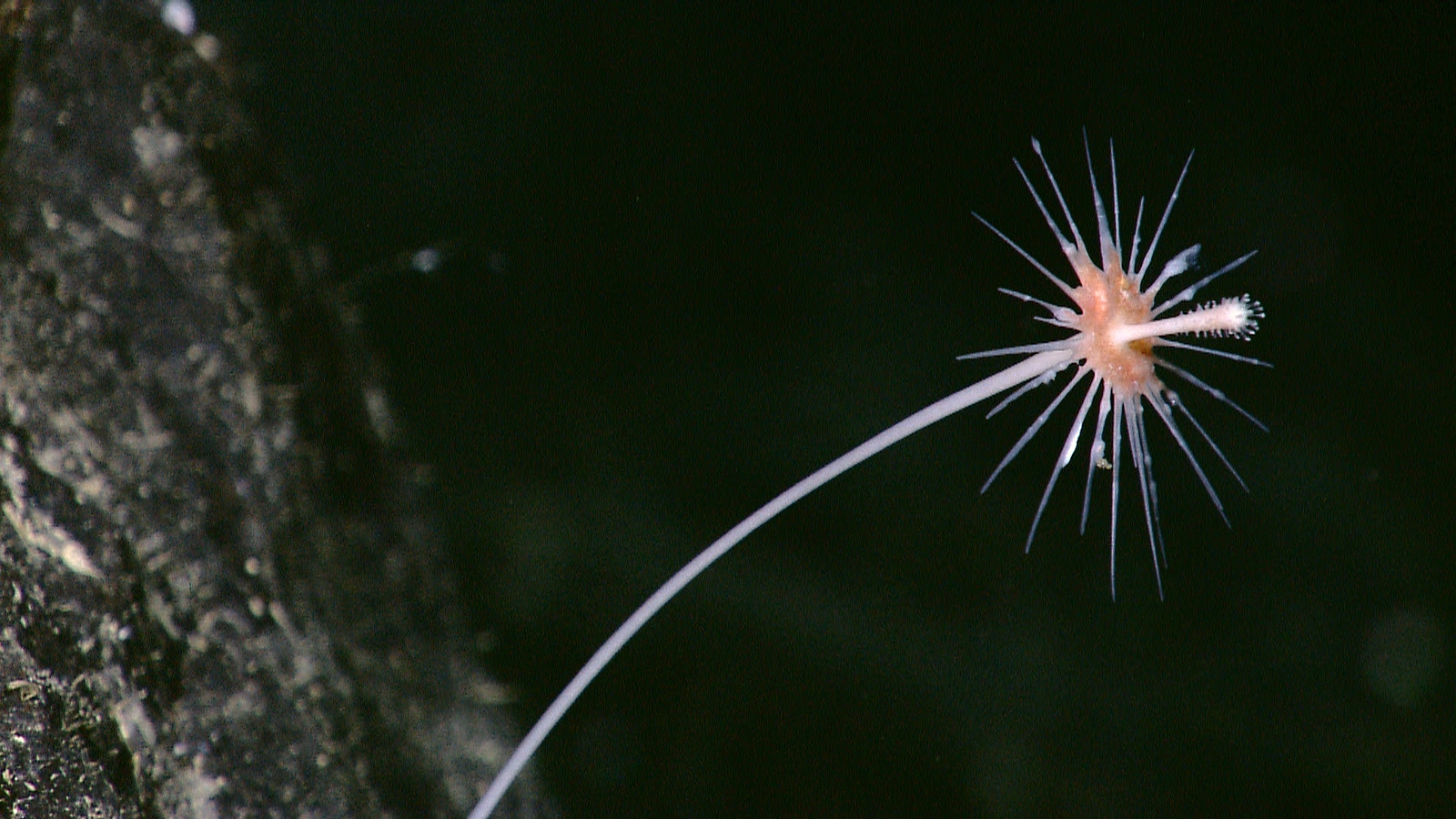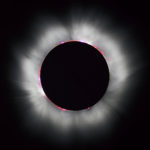Most sponges, inspiration for dish cleaners and mess absorbers, feed by filtering water through those many holes and channels. Their scientific name, Porifera, literally means pore bearer. The channels are lined with special cells, chanocytes, each containing a flagellum that continuously beats. This whirling action by the flagellum filters nutrients and small particles of food from the surrounding water. With the particles near, the cell quickly engulfs by wrapping part of its membrane around it like a puppy lost in blanket. However, in this metaphor the puppy is digested by a dog-sized cell.

Flagellum and ingesting puppies, metaphorically speaking, is the norm for most sponges. However, in the dark depths of oceans and in the black caverns of the marine caves, lurks Earth’s strangest creatures—the carnivorous sponges.

Most sponges are composed of spicules, little shards of silica, that provide structure. In the carnivorous sponges, Cladorhizidae, some spicules are shaped like hooks. Unsuspecting tiny crustaceans or other animals near the sponge are often caught in the sheets of hooks that line the surface of the Cladorhizid sponges, much schmutz in Velcro. In some Cladorhizids copepods may be caught by an adhesive surface. Once a crustacean is caught, the cells surrounding mobilize, cover, and create a temporary cavity around the crustacean. Within this cavity the crustacean is digested. It’s the equivalent of mosquito being caught in your arm hairs, the skins cells then form a layer of skin over it, and finally you digest the mosquito just below the surface of the skin.






